(This article is a paid content published on Spotlight, BusinessWorld’s sponsored section, and therefore does not reflect BusinessWorld’s views on the matter. The editorial staff is not involved in its creation. BusinessWorld does not have any legal liability on any decisions derived from reading advertisements published on its platforms. Readers are advised to thoroughly research and understand potential risks before availing products or services.)
Mystery boxes have become a thrilling trend for those seeking unexpected surprises and unique finds. Exploring the best mystery box websites can lead to exciting discoveries and great value. These platforms curate a variety of items, ranging from gaming gear to collectibles, appealing to diverse interests and budgets. Among the top options available, JemLit stands out as a favorite for gamers, offering a wide range of exciting merchandise that can elevate the gaming experience. Users can dive into the world of mystery boxes, where every unboxing holds the potential for delightful surprises and new treasures.
1) JemLit
 JemLit is a fantastic choice for fishing enthusiasts. It offers a curated selection of baits, lures, and tackle items tailored for serious anglers. Each month, subscribers receive a box filled with high-quality gear suited for their fishing style.
JemLit is a fantastic choice for fishing enthusiasts. It offers a curated selection of baits, lures, and tackle items tailored for serious anglers. Each month, subscribers receive a box filled with high-quality gear suited for their fishing style.
The Pro box typically contains premium items from popular brands in the fishing industry. Subscribers can expect to find new products, seasonal essentials, and various lures that cater to different fishing environments. This makes it an exciting surprise each month.
JemLit also includes access to an online community and educational content. They provide tips, tutorials, and fishing challenges that can enhance skills. This interactive aspect keeps subscribers engaged and encourages them to improve their fishing techniques.
Additionally, subscribers benefit from exclusive discounts on full-size products. This allows them to restock their tackle boxes without breaking the bank. With a focus on quality and community, JemLit stands out among mystery box options for anglers.
Whether they fish freshwater or saltwater, there’s something for everyone. The anticipation of each month’s box makes it an exciting adventure for anyone passionate about fishing.
2) Loot Crate DX
Loot Crate DX offers a premium subscription experience for avid fans of pop culture and gaming. Each month, subscribers receive high-quality collectibles, apparel, and exclusive items tailored to various franchises. It stands out for its emphasis on delivering unique and hard-to-find treasures.
What sets Loot Crate DX apart is the variety of themes it covers. They range from iconic video games to beloved TV series and films. Fans can expect exclusive figures, art prints, and wearable merchandise that might not be available elsewhere.
The presentation is impressive, with items carefully curated to fit the theme of the month. Each crate emphasizes quality, making the subscription feel worthwhile. Gamers appreciate the attention to detail, as every item captures the essence of its source material.
Subscriptions can be adjusted based on the user’s preferences. This flexibility allows fans to receive crates that resonate most with their interests. The excitement of unboxing a new Loot Crate DX each month keeps subscribers returning for more.
Additionally, they often run exclusive collaborations with popular brands. This means subscribers have the chance to own items that others might miss out on. For gamers and collectors, Loot Crate DX remains a top choice in the mystery box realm.
3) Geek Fuel Box
Geek Fuel Box is a treasure trove for avid gamers and pop culture enthusiasts. Each month, subscribers receive a carefully curated selection of items that celebrate the gaming world.
From exclusive t-shirts to collectibles, every box brings a dose of excitement. The offerings often include items from popular franchises, ensuring there’s something for everyone.
One standout feature is the included magazine. This magazine dives into the latest gaming news and includes fun articles, puzzles, and behind-the-scenes looks at beloved titles.
The community surrounding Geek Fuel is another highlight. Fans share their unboxing experiences and discuss favorite items online, creating a vibrant culture of engagement.
Geek Fuel Box also has a commitment to quality. The items are often licensed and designed meticulously, appealing to the tastes of passionate gamers.
Shipping is straightforward, and the unboxing experience is designed to create anticipation. Upon opening the box, members are greeted with a colorful array of merchandise that captures the essence of gaming culture.
For those looking to spice up their gaming routine or surprise a fellow gamer, Geek Fuel Box offers a delightful monthly journey into the world of geekdom.
4) Bam! Horror Box
Bam! Horror Box is a thrilling option for fans of the horror genre. Each month, subscribers receive a carefully curated selection of horror-related items. This includes collectibles, apparel, and unique merchandise from popular horror franchises.
The anticipation of what will arrive is part of the excitement. From limited edition items to exclusive artworks, each box promises surprises that cater to horror enthusiasts.
Bam! Horror Box also emphasizes supporting indie creators. The box often features items from independent artists, making it a great way to discover new talent in the horror community.
Fans appreciate the variety and quality of the products included. Each box typically contains around five to seven items, ensuring plenty of value for the price.
Additionally, Bam! often includes autographed memorabilia from horror celebrities. This adds an extra layer of excitement for collectors looking to enhance their memorabilia collections.
Overall, Bam! Horror Box delivers a unique experience for horror fans. The combination of exciting surprises, quality products, and support for creators makes it stand out in the mystery box market.
5) TokyoTreat Premium
TokyoTreat Premium is a fantastic option for those who crave authentic Japanese snacks. Each box offers a curated selection of treats that reflect Japan’s vibrant food culture. From classic candies to unique flavors, every item is a delightful surprise.
Subscribers receive a monthly selection of products, including popular snacks and seasonal goodies. This box typically features items like Mochi, Pocky, and Kit Kats in flavors exclusive to Japan. It’s an adventure in snacking that appeals to both seasoned fans of Japanese cuisine and newcomers alike.
In addition to snacks, TokyoTreat Premium includes a cultural booklet. This booklet provides insights into each snack, offering details about its origins and taste experience. Engaging with this material enhances the enjoyment of the treats.
The packaging is eye-catching and themed, making it a fun unboxing experience. The carefully designed design reflects the excitement of the products inside. It’s not just about the snacks; it’s about the journey.
For those who enjoy mystery and surprise, this box is a perfect fit. Each month brings new flavors and exciting discoveries, turning ordinary snack time into a mini adventure. It’s an ideal choice for anyone looking to elevate their snacking game.
Understanding Mystery Boxes
Mystery boxes offer an exciting experience for buyers, filled with surprises and the potential for unique finds. Shoppers explore the allure of chance while engaging with various themes and products, making each purchase an adventure.
The Thrill of the Unknown
Mystery boxes captivate consumers by introducing an element of surprise. Buyers never know exactly what they’ll receive, creating a sense of anticipation. This thrill can lead to a more engaging shopping experience.
Common items found in mystery boxes include gadgets, collectibles, clothes, or themed merchandise. The excitement often lies in the potential to uncover valuable or rare products not typically available in regular retail settings.
Furthermore, many enthusiasts enjoy the unboxing experience. Sharing these moments on social media can amplify the thrill, fostering a community of shoppers eager to see what others discover.
How Mystery Box Websites Work
Mystery box websites curate various packages that customers can purchase. Typically, shoppers select a box based on theme, price, or expected value. Each box contains a range of items, often with a promise of more value than the purchase price.
Ordering is generally simple. Customers browse the selection, place an order, and eagerly wait for delivery. Upon receipt, they unbox their surprises, sharing their experiences on social media platforms.
Many websites offer detailed descriptions of the types of items included in their boxes but maintain a level of mystery regarding exact contents. A well-designed website emphasizes transparency regarding the purchasing process, enhancing buyer trust while maintaining excitement.
Evaluating Mystery Box Value
When considering the value of mystery boxes, buyers should closely examine the contents and pricing strategies of the offerings. This ensures that the purchase meets their expectations and delivers true value.
Assessing Box Contents
To assess box contents, buyers can look for specific items that align with their interests. Understanding the types of products included is crucial. Many boxes contain limited-edition items, collectibles, or exclusive merchandise.
Buyers should check for:
- Product Descriptions: Clear descriptions help gauge the value of included items.
- Past Boxes: Reviewing previous boxes informs expectations for future purchases.
- Reviews: User experiences often highlight the quality and relevance of items.
Tools like comparison charts can help track item values across different platforms.
Comparing Pricing Strategies
Pricing varies widely between mystery box vendors. Evaluating how prices stack up against the potential item value is essential.
Key aspects to consider include:
- Base Price: What is the starting price of the box? Is it competitive?
- Shipping Costs: These can impact overall value. Some sites offer free shipping.
- Discounts or Promotions: Regular discounts can enhance perceived value.
Buyers should also factor in the expected average value of items inside, comparing that to the box price. This analysis helps in making informed purchasing decisions.
Spotlight is BusinessWorld’s sponsored section that allows advertisers to amplify their brand and connect with BusinessWorld’s audience by publishing their stories on the BusinessWorld Web site. For more information, send an email to online@bworldonline.com.
Join us on Viber at https://bit.ly/3hv6bLA to get more updates and subscribe to BusinessWorld’s titles and get exclusive content through www.bworld-x.com.




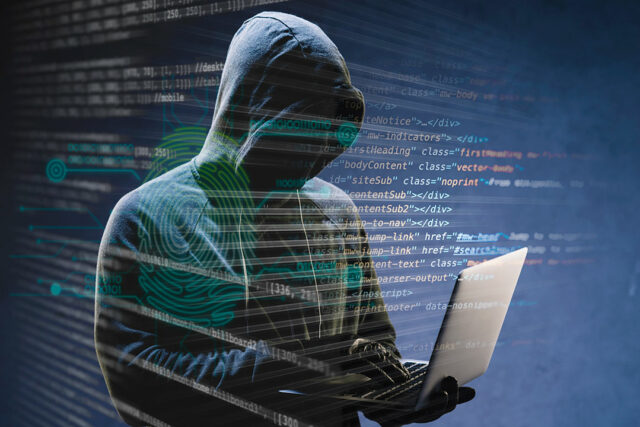



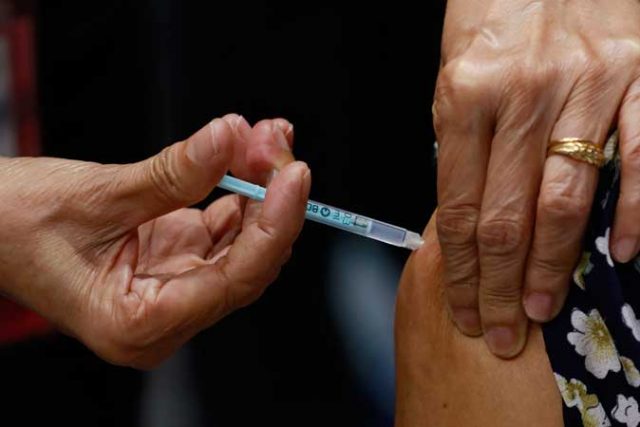
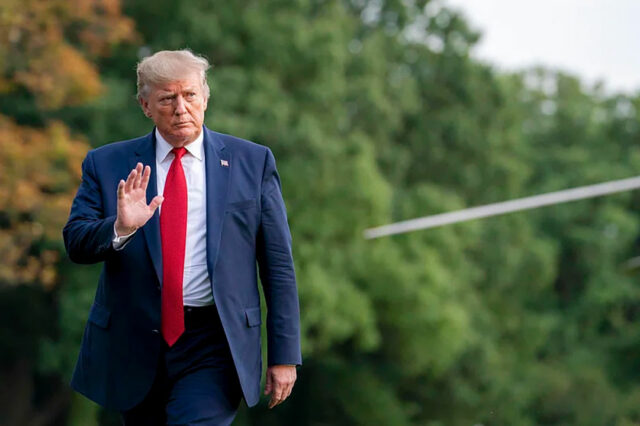
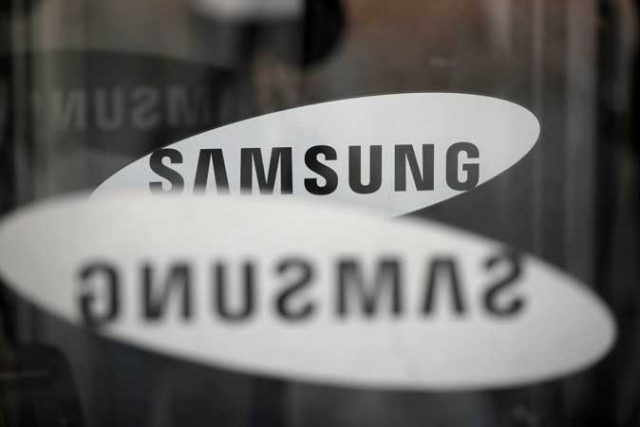
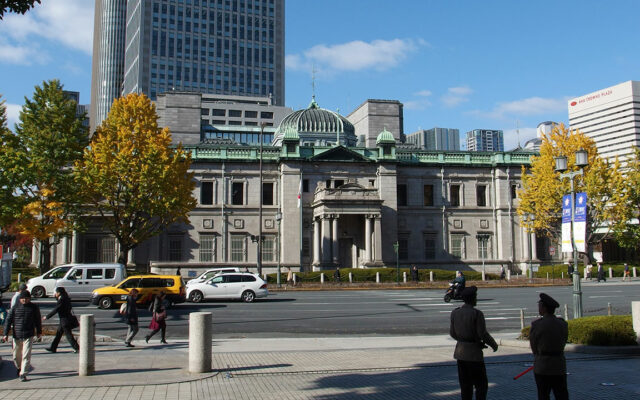

 JemLit is a fantastic choice for fishing enthusiasts. It offers a curated selection of baits, lures, and tackle items tailored for serious anglers. Each month, subscribers receive a box filled with high-quality gear suited for their fishing style.
JemLit is a fantastic choice for fishing enthusiasts. It offers a curated selection of baits, lures, and tackle items tailored for serious anglers. Each month, subscribers receive a box filled with high-quality gear suited for their fishing style.